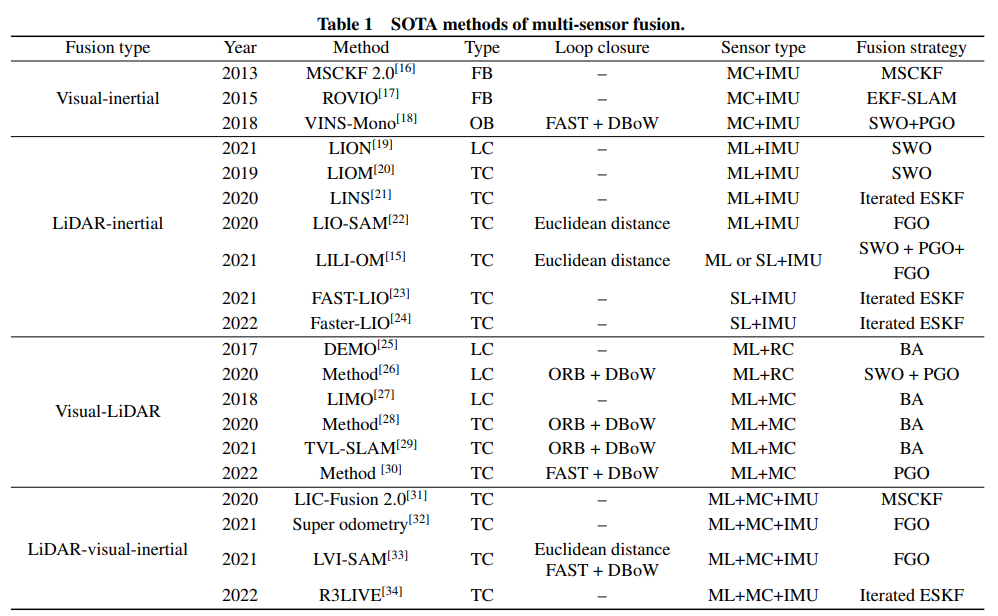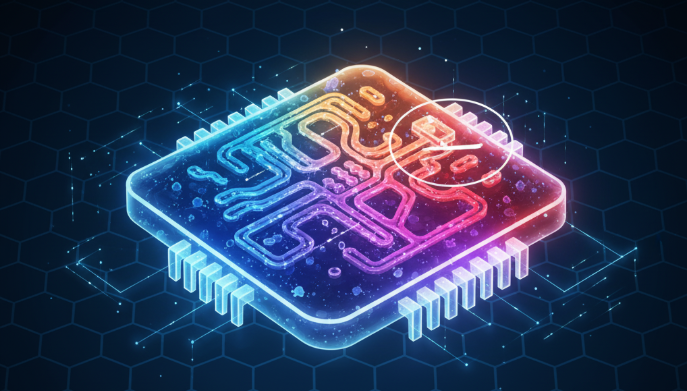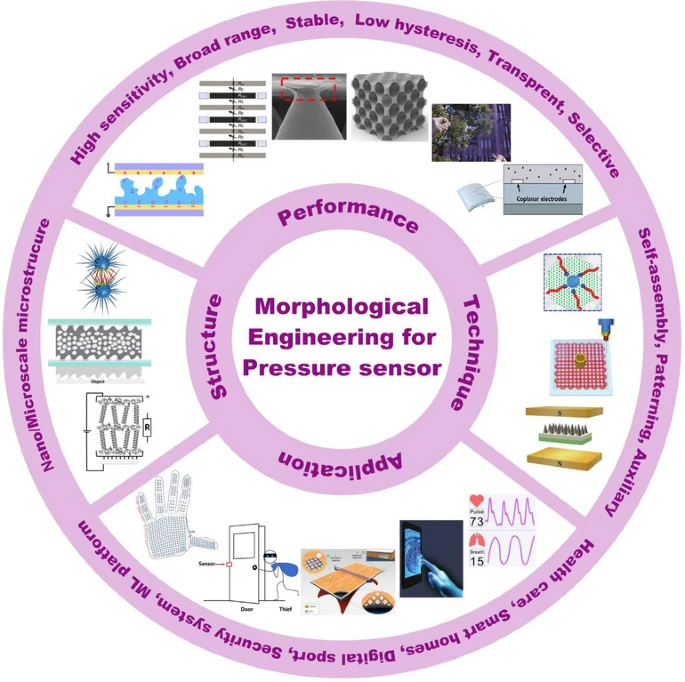Industry turning point
2025 is seen as a key turning point for humanoid robots to achieve large-scale production and commercial use. With UBTECH's Walker series receiving orders exceeding 500 units from an automotive customer, Zhiyuan Robotics starting mass production plans, and Unitree releasing more affordable models, the robotics industry in China is shifting from demonstration applications to real operational scenarios. In this wave of industrial upgrade, GigaDevice has completed a full-stack chip layout to provide foundational support for robot intelligence and cost control, helping humanoid robots enter factories.
Hardware maturity as the production foundation
Mature hardware systems are an essential basis for scaling production and commercial deployment of humanoid robots. Their environment perception, motion control, and task execution depend on efficient coordination among six core units: perception layer, rotary joints, linear joints, torso, dexterous hands, and feet. Within this architecture, chip performance and efficient communication directly determine a robot's real-time responsiveness and intelligence level.
GigaDevice full-stack chips for robot hardware
On the chip track for robot hardware, GigaDevice has built a complete product matrix covering control, memory, and analog functions, offering full-stack chip support for humanoid robots. The GD32 high-performance MCUs can be used for multi-joint real-time motion control and system scheduling. Its Flash products provide high-speed, reliable data storage for decision-making computation. The analog portfolio covers sensor signal conditioning, motor driving, and power management, enabling the full chain from perception and decision to execution.
Comprehensive matrix enabling precise control
The motion control system functions like a robot's cerebellum, coordinating motor drivers to execute precise actions based on target trajectories and load states. In this system, MCUs act as the neural endpoints distributed across joints, handling command reception, motor driving, encoder/IMU data processing, and closed-loop control of torque, position, and speed. This distributed architecture reduces main controller load, ensures low-latency, high-precision, and coordinated multi-joint motion, and is the core foundation for flexible and stable movement.
Dexterous hands have tight space constraints and dense motors, creating a strong demand for highly integrated MCUs. The GD32G5 series stands out for its ability to drive multiple motors with a single chip. For example, the GD32G553 uses an Arm Cortex-M33 core at up to 216 MHz, integrates DSP instructions, a single-precision FPU, and a hardware trigonometric math unit (TMU). Its computing power can handle precise control of a single motor or simultaneously drive three to four motors. In a WLCSP81 package sized at only 4×4 mm, three chips can cover all joints of a dexterous hand, significantly optimizing layout and cost.
Humanoid robots have many joints with different drive requirements. Leg joints responsible for support and dynamic balance require real-time gait computation and posture adjustment, demanding higher computing power. The GD32H7 series is well suited for these tasks. It features a 600 MHz Cortex-M7 core, dual-precision FPU, TMU, and a filter accelerator (FAC), and integrates industrial interfaces such as CAN-FD and Ethernet. It can perform multi-sensor data fusion on a single chip and is widely used in leg joints and quadruped robots.
The EtherCAT bus is widely used in humanoid robots to integrate joints, sensors, and controllers. For designs using that protocol, the GD32H75E is an ideal choice. Built on the GD32H7 platform, it integrates authorized EtherCAT IP, includes two 100 Mbps Ethernet PHYs, and supports microsecond-level multi-axis synchronization to meet high-speed, low-latency communication needs in complex motion scenarios. It is suitable for arm joints requiring high control precision for fine manipulation. Beyond high integration, the GD32H75E supports 105°C operating ambient temperature and comes in a BGA144 (8×8 mm) small package, addressing space and temperature constraints in robot joints.
Communication nodes responsible for protocol parsing and command forwarding between robot components can be served by the GD32C113 series. Based on a Cortex-M4 core at up to 120 MHz, this series supports two high-speed CAN-FD channels. For EtherCAT, the GDSCN832 slave controller with 2 or 3 ports integrates two internal PHYs, one MII expansion interface, and an 8 KB dual-port memory, providing large data handling capability for complex control tasks.
Overall, GigaDevice GD32 MCUs can collaborate with the GD30DR series driver chips and be paired with LDOs, DC-DC converters, PWM, and protection circuits to build complete and reliable robot motor control solutions for joint drives and servo systems.
Storage and flash for robotic decision systems
Paired with GD32 MCUs, GigaDevice's storage products also play a key role. The GD25/55 X/LX SPI NOR Flash series offers data throughput up to 400 MB/s, supporting instant boot and real-time responsiveness for AI decision-making brain functions.
High performance, high integration breaking traditional limits
Analog products are equally critical in humanoid robot systems. GigaDevice has developed a comprehensive analog portfolio to meet core needs and support precise control and stable operation.
The GD30AD3380 is an 8-channel, 16-bit synchronous-sampling ADC with sampling rates up to 1 MSPS. It supports true bipolar hardware and software modes, allows independent input range configuration per channel, and provides flexible interfaces such as SPI and parallel buses for data transfer. Its synchronous sampling is suitable for high-precision perception and can be used for six-axis force/torque sensor data conversion in exoskeletons and dexterous hands, enabling precise capture of force and torque information for joints and load-bearing structures to support refined motion control.
The GD30DR1488 is a gate driver designed for three-phase brushless DC motors (BLDC) in robot joints. It supports up to 150 V withstand voltage to match motor operating ranges, provides +1.0/-1.3 A source/sink current and up to 500 kHz switching frequency to ensure drive responsiveness. Its built-in bootstrap diode simplifies peripheral design and reduces PCB area.
The GD30DRE518 is a more integrated SoC. It combines an MCU based on a Cortex-M33 core with a three-phase BLDC pre-driver rated up to 150 V. The MCU runs up to 180 MHz and pairs with 512 KB flash and 128 KB SRAM. The SoC provides 16 channels of 12-bit ADC, 3 channels of 12-bit DAC, multiple advanced and general-purpose timers, and rich interfaces including 3-channel CAN-FD, SPI, I2C, USART, and GPIO. It can handle node communication, motor driving, and sensor data processing concurrently, overcoming the limitation of traditional motor driver SoCs that can only drive motors without handling complex tasks.
Compared with traditional analog solutions, GigaDevice's analog products offer notable advantages: they break single-function constraints through high integration, enabling miniaturization and meeting stringent requirements. The competitive strength of this analog lineup is supported by three factors: technology synergy with MCU product lines and an experienced team; a customer ecosystem and cross-product solutions tailored to industries like robotics; and sustained strategic investment combined with a robust supply chain and quality system to offer reliable and cost-effective products.
Conclusion
2025 is considered a pivotal year for humanoid robots moving toward large-scale production, likely driving significant growth in demand for high-precision motor control, multimodal sensing, and edge computing chips. To address this trend, GigaDevice plans to focus on real-time servo control, a complete analog product portfolio, and high-performance storage products to provide customers with cost-effective, integrated solutions that support core technical breakthroughs and scaled applications for humanoid robots.
 ALLPCB
ALLPCB







